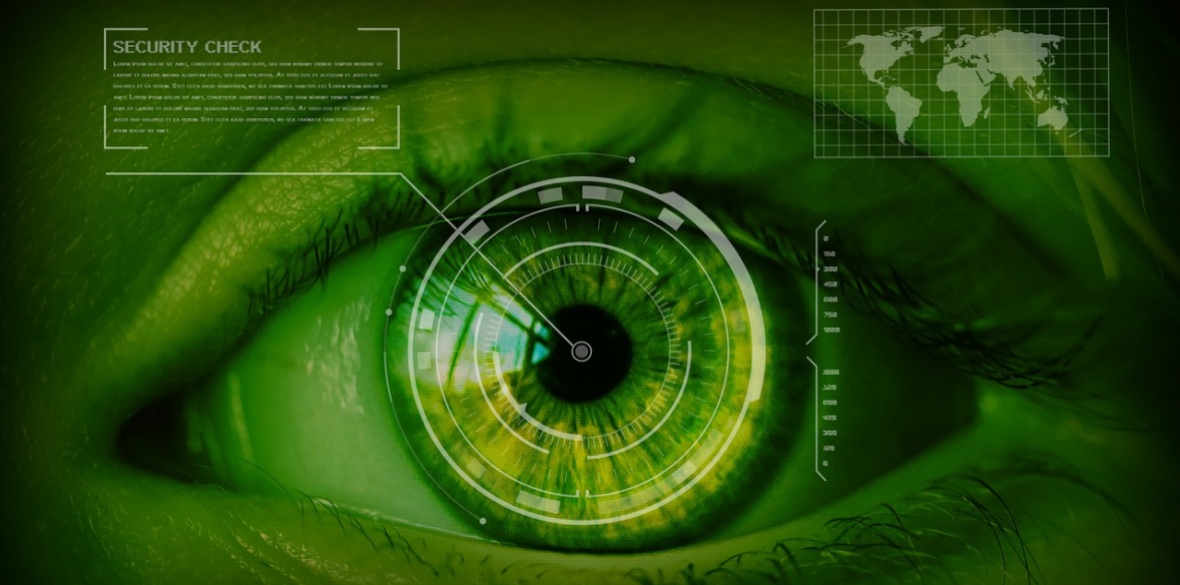This is the last article you can read this month
You can read more article this month
You can read more articles this month
Sorry your limit is up for this month
Reset on:
Please help support the Morning Star by subscribing here
FROM fingerprints to facial recognition used to unlock smartphones and open doors, biometrics is a technology being used to control human movement.
The integration of biometrics gained attention in its use by the US government after the terror attacks of September 11 2001, but the fact is that most biometrics systems in the US were already in place before then.
Currently, biometrics systems are used in the public sector in Britain such as within the border control systems and visa assessment processes for all foreign nationals.
There is even a biometrics commissioner whose job it is to control how fingerprints and DNA samples are handled by the police and the Home Office.
In the US, the use of biometrics has expanded to drivers’ licences, state benefits programmes, prisons and the military.
You can even find biometric systems at some ATMs, day care centres, office spaces and universities.
Last year, Lufthansa introduced biometric boarding at LAX (Los Angeles International Airport) in its trial run for a nationwide roll-out at airports.
On its website, the airline announced boarding an A380 in “about 20 minutes” as if we were to believe that biometrics is purely for airline efficiency when in fact there is a far more sinister story at the heart of these practices.
In 2006, the European Commission adopted the remaining technical specifications required for the introduction of biometric identifiers on all EU passports.
At this time, that translated to fingerprints, but today the current standard is facial recognition, fingerprint recognition and iris recognition.
This was called, at the time, an introduction of “common security standards,” but the need to put biometric data into passports and other travel documents has been contested by many human rights groups.
Future of Identity in the Information Society spoke out against the e-passport scheme, contending that “European governments have forced a document on its people that dramatically decreases security and increases the risk of identity theft.”
Liberty, which has been following this issue for years, last year argued that such technologies “used in conjunction with one another and police super-databases, risk changing the relationship between the individual and the state, creating a society in which anonymity is the exception, and pervasive surveillance is the norm.”
While the use of biometrics in passports issued by EU states should only apply to people aged 12 or above, member states that already take fingerprints from children younger than 12 will be allowed to continue to do so.
The biometric passport (also known as an e-passport or a digital passport) is a traditional passport that has an embedded electronic microprocessor chip containing biometric information used to authenticate the identity of the passport holder.
The International Civil Aviation Organisation (ICAO), the UN agency that oversees international air travel, reported in 2012 that 93 out of 193 UN member states had issued e-passports.
Today, 135 countries have issued e-passports, but the ICAO does not record which biometric data each country requires.
And biometrics goes far beyond passports. The EU Parliament recently approved visa-free travel for Brits travelling to the EU.
The US and Britain recently negotiated a new “Open Skies” agreement that ensures “the continuation of the vital transatlantic routes used by tens of millions of passengers a year.”
What this means is that the terms of the older EU-US travel arrangements will be observed between the US and Britain and the bottom line in these agreements is the exchange of biometric data and private information on individuals.
One such vehicle for the exchange of biometric data is the US government’s implementation of the Electronic System for Travel Authorisation (ESTA) whereby EU travellers must fill out an ESTA form in order to gain authorisation to travel to the US.
The ESTA verifies that EU citizens are authorised to enter the US before leaving home while collecting biometric information.
The ESTA allows the US to have a tighter rein on biometric information on EU citizens and, in turn, the EU has instituted its own ESTA-type permit, known as ETIAS (European Travel Information and Authorisation System) due to begin in 2021.
There have already been serious repercussions related to the collection of biometric data.
Last month, the EU voted to create a massive biometrics database called the Common Identity Repository (CIR) which is said to unify records on over 350 million people by bringing together the names, dates of birth, passport numbers and biometric data despite serious weaknesses in the database as demonstrated by security experts.
And in 2017, the British government made moves to collect the biometric data from immigrants living in Grenfell Tower.
While biometrics are being used in the “war on terror” across the planet, we must push back on these practices and insist on the protection of private, biological data.










